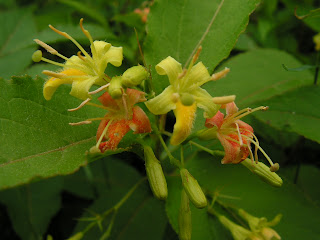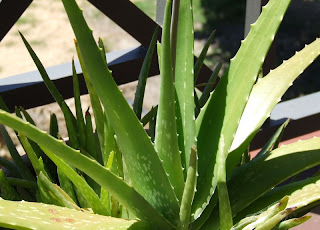Tyler's Place Dog Park
For this lab, we were supposed to go to the local dog park down the street from Mercer's campus. However, due to an intense thunderstorm, we only made it halfway down Adams Street.
With regards to the health of the dog, dog parks are great as it allows them to roam (somewhat) free, run around, and just have a good time. More so, dog parks allow for fraternization between owners. It creates an atmosphere that allows, to an extent, like minded people to socialize. (I say like minded because I feel that it is safe to assume that almost everyone who goes to a dog park is a zoophile or at least a lover of dogs.
However, concerns do exist. There is the potential that dogs might attack one another. While we attempt to humanize these creatures, it must not be forgotten that some are very territorial creatures. Secondly, there is the potential threat that dogs could pick up illnesses or diseases from bugs or other dogs. These include rabies, Bordatella aka the "kennel cough," and intestinal parasites. Finally, this website highlights the potential threat of dogs ending up in packs.
So before you take your dog to the park, remember to be vigilant of the other dogs and be sure your friend has had his/her shots.
With regards to the health of the dog, dog parks are great as it allows them to roam (somewhat) free, run around, and just have a good time. More so, dog parks allow for fraternization between owners. It creates an atmosphere that allows, to an extent, like minded people to socialize. (I say like minded because I feel that it is safe to assume that almost everyone who goes to a dog park is a zoophile or at least a lover of dogs.
However, concerns do exist. There is the potential that dogs might attack one another. While we attempt to humanize these creatures, it must not be forgotten that some are very territorial creatures. Secondly, there is the potential threat that dogs could pick up illnesses or diseases from bugs or other dogs. These include rabies, Bordatella aka the "kennel cough," and intestinal parasites. Finally, this website highlights the potential threat of dogs ending up in packs.
So before you take your dog to the park, remember to be vigilant of the other dogs and be sure your friend has had his/her shots.




























